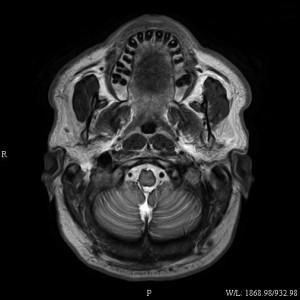First of all, we know the mind of Superficial Siderosis patients is full of questions. But if you're one of the few who uses Deferiprone you want to know is my Ferriprox working? The original Pilot Saftey Trial of Deferiprone by Dr. Levy and Dr. Linas offered the first evidence chelation using Ferriprox could be successful without severe side effects.
A longer term observational study began March 2012. Clinicaltrials.gov: Phase IV Observational Study of Deferiprone (Ferriprox®) in the Treatment of Superficial Siderosis. The estimated completion date is this month (Dec. 2017) with data collection ended in March 2017.
This study expanded the number of participants to 38. The average age of the subjects was 64 years old, the youngest 37 and the eldest 86. Just under half of the participants were female (47%) and 94% were Caucasian.
All participants had to show evidence of Superficial Siderosis in addition to following the standard treatment dosing protocol: 1000 mg of Ferriprox twice daily ×5 days per week. First, each participant submitted a baseline brain MRI. Blood test results recorded weekly. A final MRI in when the data collection period ended.
The research was a two-year longitudinal study which means observational only. Just data collection.
Deciphering The Data 

The team was able to make use of the Osirix software available at Johns Hopkins to develop a new procedure which would be able to determine the exact amount of hemosiderin deposits.
The baseline MRIs and the final MRIs put through the software. Three-dimensional whole brain images of gradient echo images were rendered. The OsiriX medical image viewer was then used to compare before and after scans by dividing the mean T2 hyperintensity to the maximal cerebrospinal fluid signal.
Our first peek into some positive results from the first long-term study. In the final analysis, it's important to realize more time will be needed to continue the research. The hope is the remaining 75% will eventually see not only a decrease in hemosiderin but also enjoy a clinical benefit.

